 What have hormones got to do with it?
What have hormones got to do with it?
Do you know the amazing way you and your baby communicate hormonally during childbirth? For years now, I have been fascinated with the delicate process of how MotherBaby hormones work! I have been equally surprised how many women, men and providers have not considered that childbirth is a delicate balance of hormones that facilitates our bodies to open, our babies to be born safely, and enhances bonding and breastfeeding. Have you considered how disturbing this balance with fear, stress, lack of privacy, and routine interventions can make birth longer, harder and less safe for many MotherBaby?
I have had the honor, numerous times, of teaching with and listening to Dr. Sarah Buckley talk about the MotherBaby hormones and have been anxiously awaiting this weeks release of her revolutionary Hormonal Physiology of Childbearing: Evidence and Implications for Women, Babies, and Maternity Care report released by Childbirth Connection, a program of the National Partnership for Women & Families. This report, I believe, brings us to the tipping point of understanding that while some technologies have helped save MotherBaby lives, our overuse of surgery, drugs and intervention in childbirth are putting MotherBabies at risk by disturbing nature’s delicate balance.
Today, many women are giving birth with synthetic hormones and artificial drugs that we don’t fully know the short and long term effects on our children or us. It is time to question if have we gone too far. Childbirth Connection says their report is a “synthesis of scientific research” about the impacts of common maternity care practices and interventions on our hormonal systems that are consequential for childbearing. It finds that a large body of evidence demonstrates that the hormonal physiology of childbearing has significant benefits for the health of mothers and babies and can optimize breastfeeding and maternal-infant attachment… common maternity care interventions may disturb hormonal processes, reduce their benefits, and create new challenges.
They go on to say “What is remarkable is that it is not about a new technology or drug. Rather, it compiles scientific evidence that ‘less is more’ and if we get it right in the beginning there are potentially profound impacts on learning, brain development, and well-being in the child.”
What does this mean for you? If you are pregnant learning about the hormones of childbirth and how they are affected by your choices, will guide you to creating birth preferences that are based on the latest science, helping you to achieve an easier labor and birth while protecting your baby’s short and long term health. The reports companion handout –Pathways to a Healthy Birth is a great place to begin to understanding how your hormones work. The report offers many recommendations including:
- Take a childbirth classes that explains the benefits and harms of all your care options as well as drug-free ways to cope with the pain (Our online childbirth classes include this and more as I teach you a variety of comfort measures and also prepares you to understand and work with the emotions of labor.)
- Hire a doula
- During the first part of labor, stay in touch with your care provider about staying home until your labor contractions are strong and regular.
- At the hospital or birth center, make your room feel like your own peaceful, private space. ( I call this creating birth ambiance and have a full class on this in our Pain to Power Online Childbirth Experience.)
- Remember that you have a right to clear information about your care options. You have a say in what happens to you and your baby. – (Informed decision making is important to feeling respected, honored and finding you power and influences how you will feel about your birth for years to come! )
- If you need medical treatment, there are things you can do to get the most benefit from your hormones
Also included are questions to ask a doctor or midwife such as:
As a DONA doula trainer and Lamaze Childbirth Educator I have been teaching natural ways to work with your labor and birth and enhance your hormones for 30 years. Our emotions are the gateways to the hormones we release, for example when we are afraid or don’t feel safe nature provides us with stress hormones, catecholamines, that in the first stage of labor will slow or stop labor till we feel safe.
I think of the hormonal flow between Mother Baby like a dance partner, when you are in sync you flow together easily and birth can flow well too. When you are out of sync, when fear, lack of privacy, or common interventions disturb the flow of hormones between you and your baby, you are dancing to different rhythms and labor can be more difficult for both of you.
Dr. Sakala says: “Promoting, supporting, and protecting physiologic childbearing, as far as safely possible in each situation, is a low-technology health and wellness approach to the care of childbearing women and their fetuses/newborns that is applicable in almost all maternity care settings.”
The report, consumer booklet, infographics and other materials are all available online, free of charge, at: ChildbirthConnection.org/HormonalPhysiology.
The time is now to dive deeper into how your hormones are your helpers and experience the ecstasy that is waiting for you and your baby.
 Knowledge is Power – Pain to Power will give you the knowledge you need!
Knowledge is Power – Pain to Power will give you the knowledge you need!
Sign up now to receive our 3 FREE video’s with tips and tricks for Childbirth and Register for our new Pain to Power Childbirth Online Childbirth Classes to learn how you can optimize your MotherBaby hormones, find comfort, understand your options, make informed decision, as well as many simple ways to encourage your hormones to flow naturally.


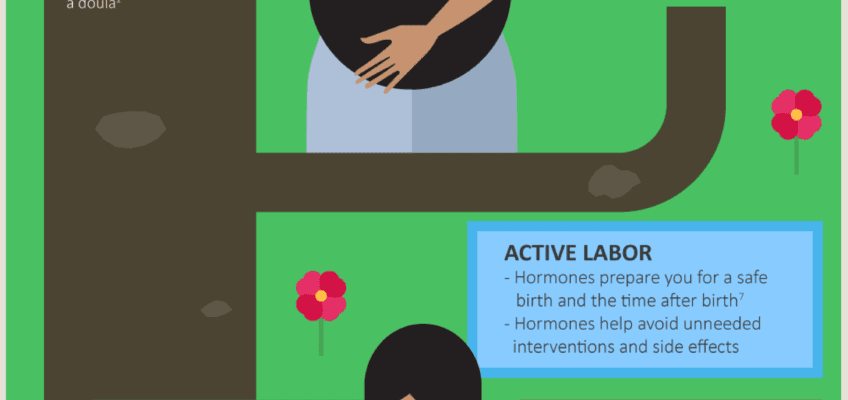

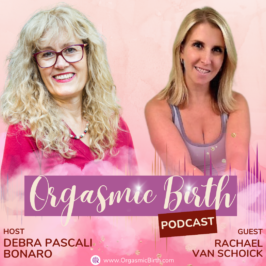

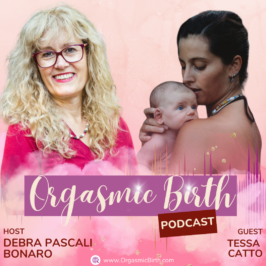
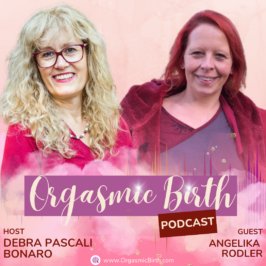
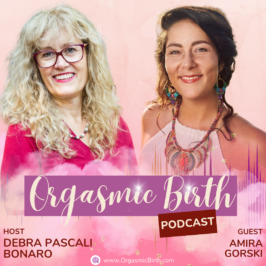
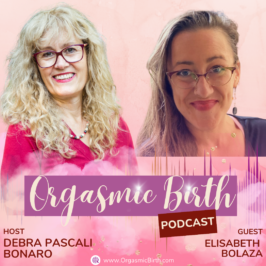
Leave a Reply